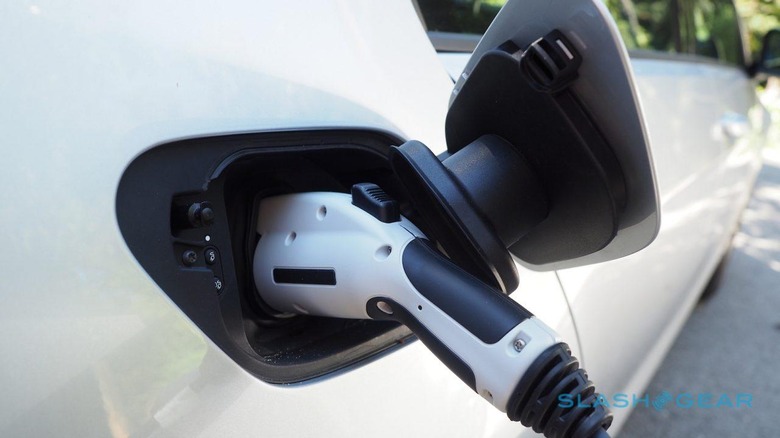Biden Sets Ambitious 50-Percent EV Sales Target For 2030
Half of vehicles sold in the US by 2030 should be electric, according to an aggressive new zero-emissions target by the Biden White House as it restores standards weakened under the previous administration. The new actions, part of the President's Build Back Better investments, aim to drive adoption of electrified vehicles and in the process bolster American industries and tackle the considerable problem of climate change.
The Executive Order sets a target of 50-percent of all new vehicles sold in the US in 2030 being zero-emissions. That includes battery electric (BEV), plug-in hybrid (PHEV), and hydrogen fuel-cell vehicles.
"The Executive Order also kicks off development of long-term fuel efficiency and emissions standards to save consumers money, cut pollution, boost public health, advance environmental justice, and tackle the climate crisis," the White House said in a statement today. In addition, the Environmental Protection Agency (EPA) and US Department of Transportation (USDOT) will restore the more aggressive fuel efficiency and emissions standards that had been weakened under President Trump.
It'll mean tougher, California-style targets for emissions on new vehicles, during the transition to electrification. The EPA proposes new rules from model year 2023 vehicles, and the NHTSA from model year 2024. They build on the California Framework Agreement, already committed to by automakers including Ford, Honda, Volkswagen, BMW, and Volvo.

While you might expect the car companies to be opposed to stricter standards, in fact they've been vocal in their support of the new Biden policies.
"Our recent product, technology, and investment announcements highlight our collective commitment to be leaders in the U.S. transition to electric vehicles," Ford, GM, and Stellantis said in a joint statement. "This represents a dramatic shift from the U.S. market today that can be achieved only with the timely deployment of the full suite of electrification policies committed to by the Administration in the Build Back Better Plan, including purchase incentives, a comprehensive charging network of sufficient density to support the millions of vehicles these targets represent, investments in R&D, and incentives to expand the electric vehicle manufacturing and supply chains in the United States."
In a joint statement, BMW, Ford, Honda, Volkswagen, and Volvo highlighted the need for more than just electric vehicles themselves. That includes charging infrastructure along with more incentives for consumers wanting to make the switch to EV.
"While the California framework companies are driving towards 40-50% of our sales being EVs in the next nine years, bold action from our partners in the federal government is crucial to build consumer demand for electric vehicles and put us on track to achieve the global commitments of the Paris Climate Agreement," the five automakers said. "That includes a strong nationwide greenhouse gas emissions standard, continued investments in charging infrastructure, and broad consumer incentives for all electric vehicle purchases."
Hardly in the background, meanwhile, is American leaderships' concern that China is gaining a significant lead in electrification. "Today, the US market share of electric vehicle sales is only one-third that of the Chinese electric vehicle market," the White House pointed out. "The President believes it is time for the U.S. to lead in electric vehicle manufacturing, infrastructure, and innovation."
That will include a national network of electric vehicle charging stations, consumer incentives at the point-of-sale, and more. The Department of Commerce has already earmarked $3 billion in American Rescue Plan funds that it says can be used for the domestic electric vehicle industry.
Exactly how much money can be spent on all this, however, remains to be decided. Biden's bipartisan infrastructure bill, for example, began with a widespread number of investments in things like EV chargers. Over the period of negotiations, however, they've been progressively pared back.
The reality, of course, is that automakers – seeing the writing on the wall – had already set their own targets for electrification. Meanwhile, the US targets aren't as aggressive as those established in the European Union, where the European Green Deal could effectively signal the death knell for internal combustion engines by 2035.
